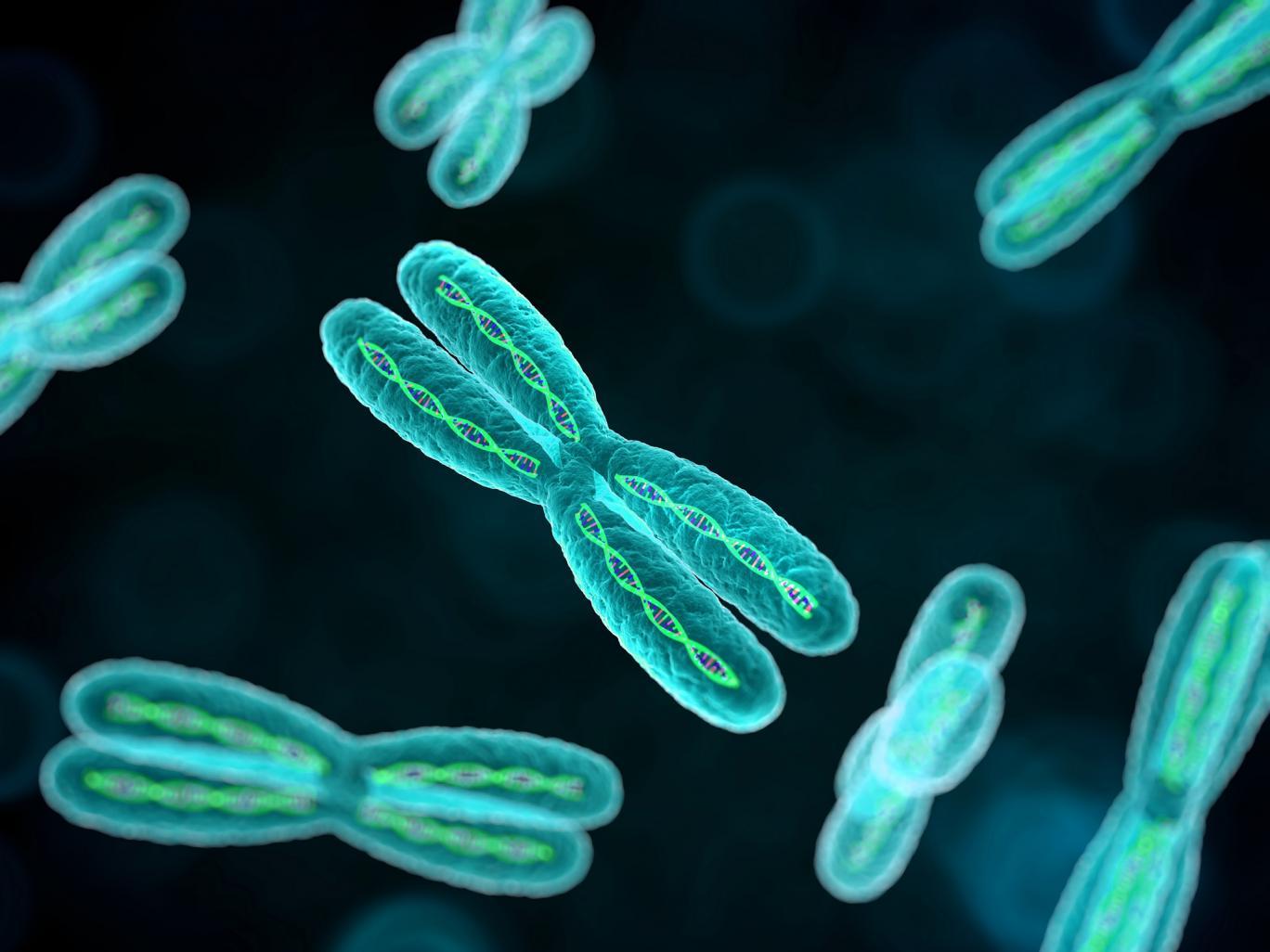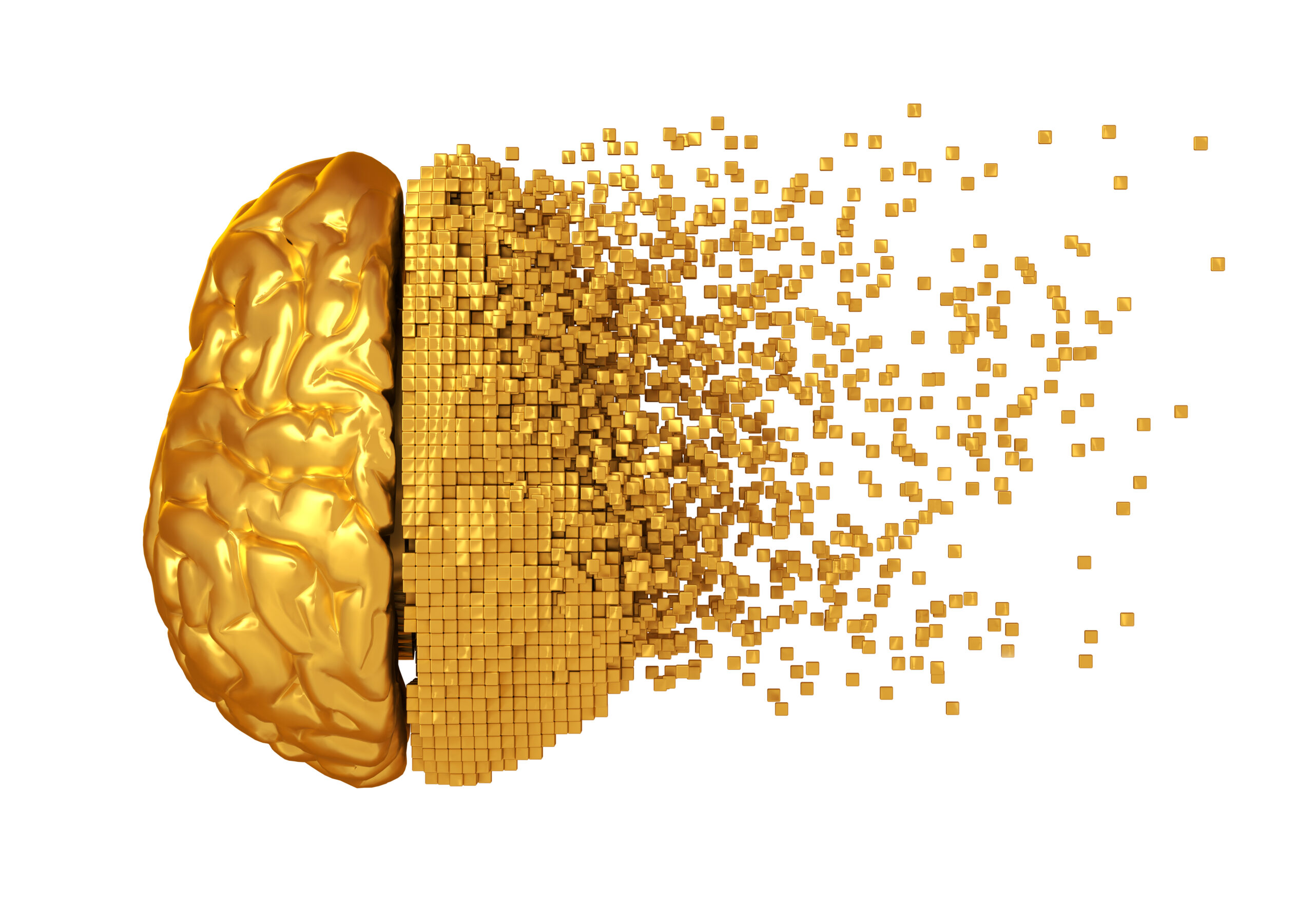Psychedelics: The Therapeutic Potential of Magic Mushrooms
Psychedelics substances have often been demonized in the past for their significant mind-altering and reality bending effects. When Western society first came into contact with these substances, they were viewed with fear, publicized with false information and scare tactics to deter users. They were made illegal which inhibited scientists from researching and truly understanding these substances. Thankfully the times are changing, with perspectives on these substances shifting, allowing the relaxing of laws which has opened the door for research on these compounds and their therapeutic potential.
One psychedelic that is paving the way in recent research is magic mushrooms and specifically the study of its main psychoactive constituent psilocybin. Psilocybin, a classic tryptamine hallucinogen and prodrug of pscilocin, is a non-selective serotonin agonist (activator) with high affinity for several serotonin receptors including 5-HT1A, 5-HT2A and 5-HT2C(1)(2). Both compounds naturally occur in more than 100 species of mushrooms, and are structurally similar to the endogenous neurotransmitter serotonin (5-HT)(1)(2). Because of this similarity in structure, psilocybin acts like serotonin, allowing it to activate serotonin receptors in numerous regions of the brain, including cerebral cortex and thalamus. Activation of 5-HT2A receptors in the thalamus (a brain region responsible for sensory input) appears to decrease thalamic activity, which leads to sensory alterations commonly known as hallucinations(2). The onset of hallucinogenic effects typically arises within the first 20-40 minutes and disappear within 3-6 hours, with the threshold of intoxication approximately 40mcg/kg. As mushrooms generally contain a low percentage of psilocybin, this would correspond to approximately 1-2g of dried mushrooms(2).
Psilocybin has an ancient and modern history of medicinal use. When consumed in a supportive environment, with the right psychological care, it is used to facilitate emotional breakthrough and renewed perspective(1). Evidence demonstrates that when used alongside the right support, it can be used safely to treat a range of psychiatric conditions such as depression, obsessive compulsive disorder, drug addiction, and end-of-life anxiety. Clinical studies show that these substances can have a rapid and lasting positive impact on mental health(1).
Studies show that psychedelics appear to dysregulate cortisol activity, producing an ‘entropic’ brain state, characterized by compromised modular but enhanced global connectivity, referred to as network ‘disintegration’ and ‘desegregation’(1). These effects correlate with important aspects of the psychedelics experience including ‘ego-dissolution’ and create changes in the personality domain of ‘openness’(1). These modulatory effects on consciousness, perception and cognition are due to the alterations in self-referential processing regions of the default mode network (DMN)(5).
Many of the therapeutic effects of psilocybin come down to its ability to promote both structural and functional plasticity in the prefrontal cortex (PFC) by robustly increasing neuritogenesis and/or synaptogenesis(3). It is also hypothesized to increase neurogenesis in the hippocampus, a brain region responsible for learning and memory(4). These changes in neural structure appear to be induced by the stimulation of the TrkB, mTOR and 5-HT2A signaling pathways, which could explain the clinical effectiveness of this compound(3).
Psilocybin doesn’t always have to be consumed at threshold doses to reap benefits. The phenomenon of microdosing (regular ingestion of very small quantities) has seen a rapid explosion in popularity in recent years. Individuals who microdose report minimal effects yet claim a range of long-lasting general health and wellbeing benefits(6). Small studies have been completed on microdosing with post study measures revealing a general increase in psychological functioning within areas of attention, mood, wellbeing, personality and creativity while seeing reductions in reported levels of depression and stress(6).
These are very interesting times in the field of mental health, seeing psychedelic compounds that were once feared now coming forward to help those in numerous areas by increasing aspects of psychological health. These drugs are still classified as illegal substances, but soon we will hopefully see the laws change so we can reap the therapeutic benefits within a safe and controlled environment. They have amazing potential to help an individual heal and overcome mental health issues.
Written by Luke Pavasovic
Director and Naturopath at Alchemic Health
facebook.com/alchemichealth
www.alchemichealth.com
References:
1. https://www.ncbi.nlm.nih.gov/pmc/articles/PMC5640601/
2. https://www.ncbi.nlm.nih.gov/pmc/articles/PMC6007659/
3. https://www.ncbi.nlm.nih.gov/pmc/articles/PMC6082376/
4. https://pubmed.ncbi.nlm.nih.gov/23727882/
5. https://pubmed.ncbi.nlm.nih.gov/30965131/
6. https://www.ncbi.nlm.nih.gov/pmc/articles/PMC6364961/




